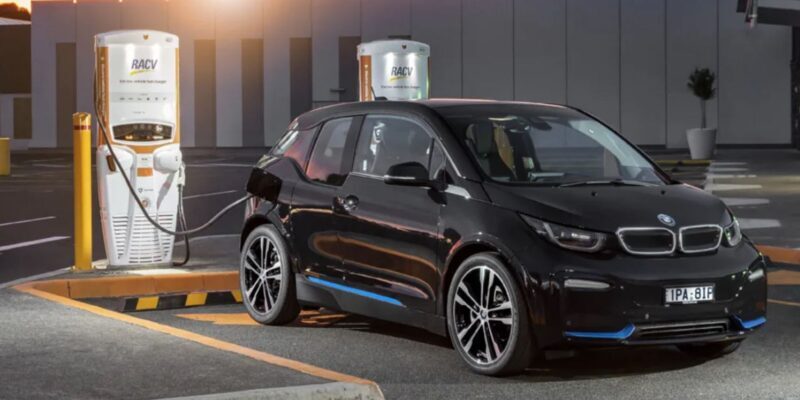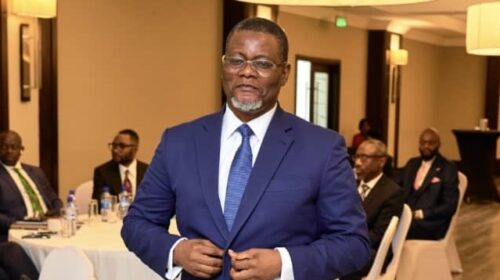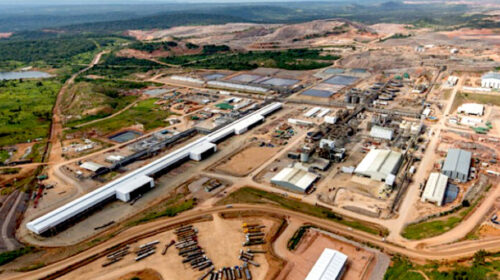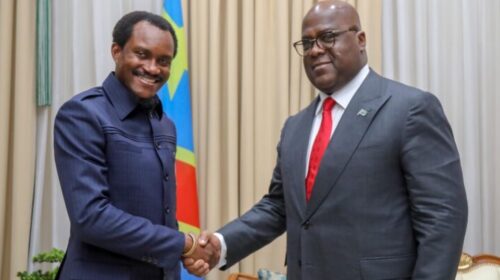BMW avoids the Congo conundrum for now | Cobalt price
German luxury vehicle maker BMW this week signed a $2.3 billion long-term deal with Swedish battery maker Northvolt, the latest of such deals, as European carmakers try to compete with Tesla in the burgeoning electric vehicle market.
MANAGEM OWNS BOU-AZZER, THE ONLY PRIMARY COBALT MINE IN THE WORLD AND IN OPERATION SINCE 1930.
Tesla’s gigafactories and battery technology have long given it an edge in the EV market (Northvolt was started by two former Tesla execs), but when it comes to the sourcing of raw material for lithium ion batteries, the California company faces the same challenges as traditional carmakers.
Which makes another, much smaller, deal BMW struck last week more significant in finding an advantage over Tesla and stealing a march on its German and Japanese competitors.
Ride to Agadir

The Munich-based carmaker signed a five-year cobalt supply deal with Moroccan miner Managem worth some $112m. Managem owns Bou-Azzer in the Anti Atlas mountains, the only primary cobalt mine in the world and in operation since 1930.
BMW says the offtake agreement, first announced a year ago, covers roughly one-fifth of its requirements for the NCM (nickel-cobalt-manganese) cathodes in its batteries, which together with Tesla’s NCA (nickel-cobalt-aluminum) represents more than 90% of the market.
The other 80% of the cobalt it needs comes from the Murrin Murrin mine in Australia, a Glencore owned operation, and makes BMW the only carmaker with a direct to mine raw material sourcing approach.
Roskill, a metals, minerals and chemical industry research company, estimates approximately 19.6kt cobalt will be required and provided for by the two sole suppliers between 2020-2025.
For Managem and Glencore to provide 100% of BMW’s cobalt requirements, approximately 85% of each company’s respective mine production would need to be assigned to BMW, totalling around 1.5ktpy and 2.4ktpy from Managem and the Swiss giant respectively.
Roskill says these volumes are significantly higher than previous estimates may also imply an agreed long-term cobalt metal price at a discount to current market levels.
Congo-China-cobalt conundrum
Annual cobalt production is only around 130,000 tonnes, mostly as a byproduct of nickel and copper mining.
Some two-thirds of supply comes from the Democratic Republic of the Congo. That proportion may rise as production from the country has largely escaped the effects of covid-19 with workers confined to mine sites (the virus closed another major supplier – the Ambatovy mine in Madagascar).
MORE THAN 80% OF THE CHEMICAL PROCESSING AND REFINING CAPACITY OF COBALT IS LOCATED IN CHINA,
In the DRC fears about political instability, the challenges of ethical sourcing and the presence of thousands of artisanal miners combine to supercharge supply concerns.
The cobalt from Bou-Azzer and Murrin Murrin is not suitable to enter the battery supply without chemical conversion and downstream the supply chain is even more concentrated.
More than 80% of the chemical processing and refining capacity of cobalt is located in China, which after Glencore, is also the largest cobalt miner inside the DRC.
Roskil says a core driver of BMW’s direct to mine strategy has been to minimise exposure to DRC cobalt production and also to increase control, transparency and auditability of its cobalt supply.
Another reason BMW is looking outside central Africa is that much of the DRC’s cobalt is already tied up.
Core supplier
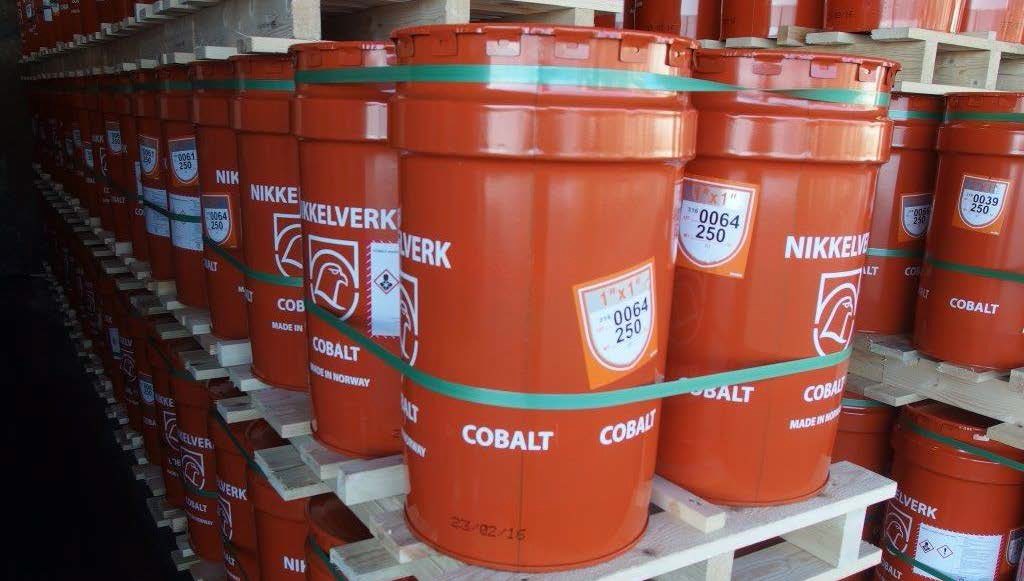
Last month Tesla reportedly signed a deal with Glencore for 6,000 tonnes of DRC cobalt destined for its new Shanghai factory.
Although the Tesla deal is relatively small and remains unconfirmed (as were previous agreements) it casts doubt on pronouncements from Tesla that it’s close to eliminating cobalt from its batteries altogether and claims that its current generation NCA technology uses much less than even the most thrifted NCM chemistries (8 parts nickel for every one cobalt).
EVEN WITHOUT TESLA ON THE BOOKS, ALREADY MORE THAN 90% OF GLENCORE’S DRC COBALT PRODUCTION ARE LOCKED UP IN LONG-TERM AGREEMENTS
Glencore already has three other large, long term deals in place, with Korean battery manufacturer SK Innovation for 30,000 tonnes (enough to make 2m EVs with today’s cathode technology), Belgian chemicals giant Umicore and China’s GEM, a battery recycler.
Benchmark Mineral Intelligence, a battery supply chain and price reporting company, estimates that even without Tesla on the books already more than 90% of Glencore’s DRC cobalt production are locked up in long-term agreements.
Sisters of the Good Shepherd
A proposal from a New York charity – Sisters of the Good Shepherd – which was supposed to be voted on at Tesla’s annual shareholder meeting which was scheduled for July 7 but postponed due to covid-19, called for an investigation into Tesla’s sourcing of cobalt.
A representative of the Sisters told S&P Global Market Intelligence a Tesla-Glencore deal “seems to be inconsistent with their messaging around reducing their use of cobalt, and what we want to see is stronger implementation of human rights.”
Roskill says while BMW now has deals in place for 100% of its needs, the company has not shied away from the fact that completely by-passing DRC production is almost unachievable given the scale of cobalt required in future (factors of current production before the end of the decade).
This is evident in several initiatives that BMW Group is a part of, such as the Responsible Cobalt Initiative and its Cobalt for Development study in partnership with BASF, Samsung SDI and Samsung Electronics. Its involvement in these projects suggests the automotive manufacturer potentially needs to procure additional cobalt from DRC mines in future, though is focussed on a long-term strategic approach to sustainability in the region.
Small batch, artisanal Co
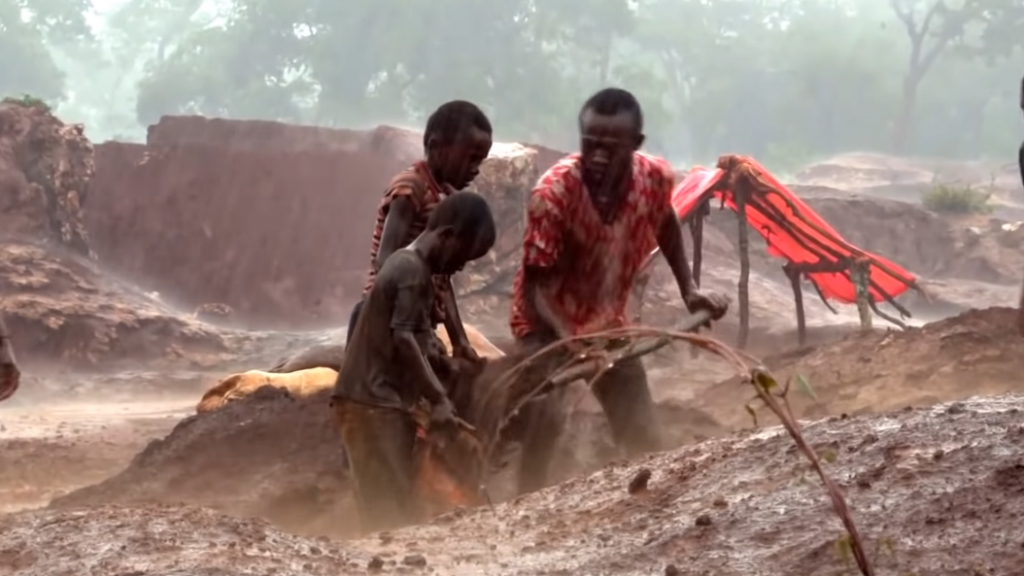
EVs only recently overtook mobile phones and super-alloys for the aviation industry as the main source of demand for cobalt.
Tesla, alongside Google, Apple and others, were sued by a human rights group in December about artisanal cobalt mined under unsafe and unethical conditions, including the use of child labour, entering their supply chains.
THE NEW ARRANGEMENT IS LIKELY TO ADD FURTHER OPACITY TO THE SUPPLY CHAIN AND HINDER MOVES TO FORMALISE THE ARTISANAL SECTOR
At the beginning of the year the DRC government announced the Enterprise Generale du Cobalt (EGC) whereby state-owned miner Gecamines becomes the monopoly buyer of cobalt from small scale miners.
EGC is set to kick-off within two months but Benchmark says few details have been revealed and rather than providing greater transparency “particularly in relation to how the material is to be traced and whether independent companies will be allowed to audit the process, the new arrangement is likely to add further opacity to the supply chain and hinder moves to formalise the artisanal sector.”
Mutatis Mutanda
Cobalt remains by far the most expensive component of EV batteries.
After hitting near decade highs in early 2018 above $100,000 per tonne, prices for cobalt used in the global battery supply chain are down 70%.
Glencore’s decision to mothball its Mutanda mine in the Congo, the world’s largest responsible for 20% global output, breathed life into the market, but the metal remains stuck in the early $30,000s.
Benchmark’s June cobalt price index shows prices gaining 3.2% month on month to $31,300 a tonne (100% Cu basis), but the London-based price reporting agency warned of demand weakness and receding supply fears as raw material volumes from the DRC shipped via South Africa returns to the market.
Source: mining.com


